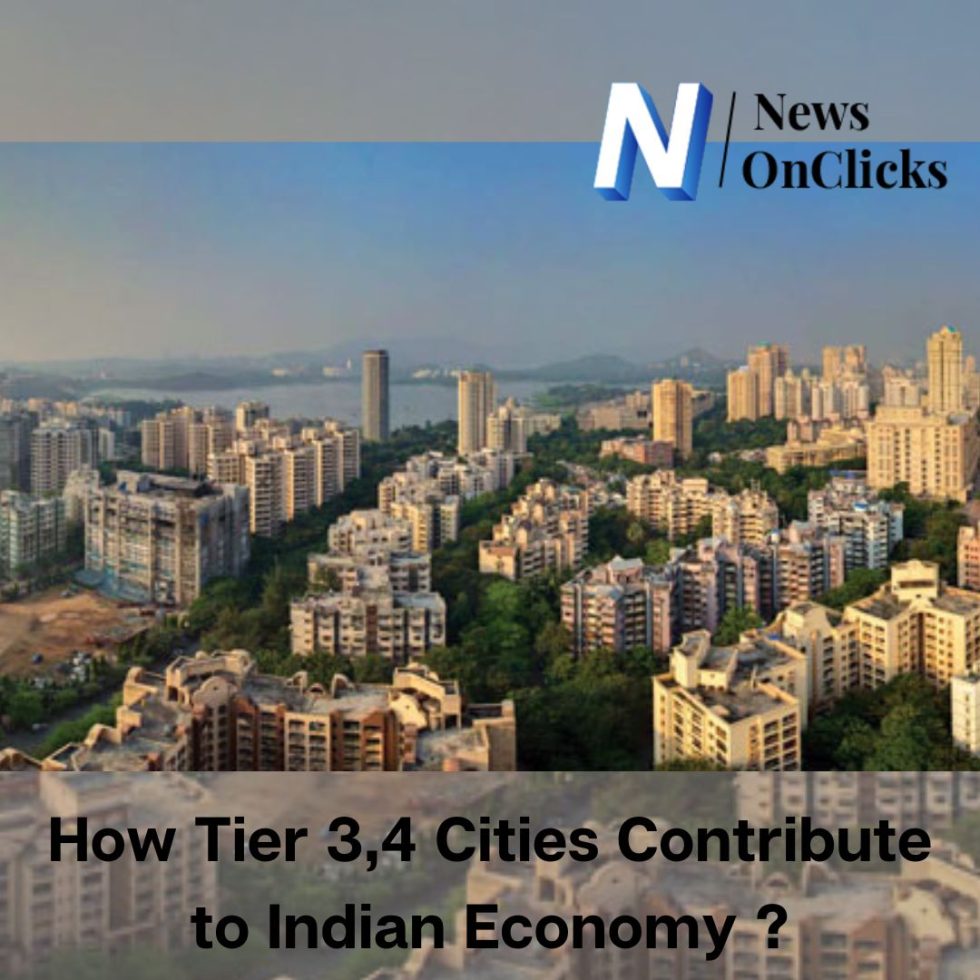
Tier1 and tier2 cities have better infrastructure, better transport facilities and some other things which attract businesses to set up their units in these cities. Big cities contribute a significant amount to the economy. But there is a vital role of tier 3 and tier 4 cities in the development of a country.
There are over 100 million people who call these cities their home. Agriculture is one of the main occupations in these cities. Apart from it there is a hub of small and medium-scale manufacturing units.
Here are some fields in which tier3 and tier4 cities contribute:
- Agriculture: Agriculture is the main occupation in rural areas. Tier 3 and tier 4 cities are situated near rural areas. So these cities become mediators in supplying food grains, cotton, vegetable and fruits to urban areas which contribute significantly to the country’s GDP.
- Tourism: Tourists visit these cities to know the culture deeply as they converse their culture in a better way than big metropolitan cities. The tradition of specific areas is clearly shown in the dressing sense and food of these cities.
- Small-scale manufacturing unit: In different areas, different kinds of crops are grown. According to the availability of crops, there are many small-scale manufacturing units that use raw materials from that area to process that into something. Like in western UP, Sugarcane is grown at a very high amount so there are many jaggery-making units and many sugar mills in that area.
- Service sector: In small cities, there are many services available like banking service, insurance, healthcare, and education. These services provide job opportunities and contribute to the country’s overall economic growth.
Benefits a business get to set their units in tier 3 and tier 4 cities
No doubt, There is an ecosystem in tier 1 and tier 2 cities for businesses to run smoothly. But there are several benefits, businesses can have to set up their unit in small cities.
- Low operation cost: The rent to acquire buildings is comparatively low and the labor wages are also low in small cities. Lower cost means more profit which attracts businesses to set up their plant in such cities.
- Government subsidies: There are some specific underdevelopment areas where the government made special economic zones. If any industries set up their plant in these zones, the government provides some subsidies in electricity bills and taxes. This is done by the government to develop underdevelopment areas.
- Skilled labor: There is a large pool of skilled and semi-skilled labor in these cities who move to big cities in search of work. Businesses can utilize this labor to set up their small industries in small cities. It will be beneficial for both business and labor. Labor will not leave his home to work and businesses can get highly skilled labor at low wages.
- Easier to procure raw materials: Set up business in tier 3 and tier 4 cities near rural areas to procure raw materials easier at low cost. It can significantly help agriculturists by purchasing their products directly without middlemen. For example, A business is making potato chips. They Can set up their business in areas where potatoes are grown. Businesses directly purchase potatoes and other materials at lower costs.
How is the internet and improved infrastructure empowering people in small cities?
- Access to information: Now people in small cities are more aware than before about health, lifestyle and education. This would be possible due to better internet connectivity. It helped people to know what is going on in the world.
- E-commerce: Improved infrastructure and internet gave access to e-commerce platforms to people of lower-tier cities. It enables businesses to grow expeditiously. And on the other side, it makes available all the products and services which are not available in that area.
- Education: People can have education online due to better internet connectivity. This has provided them an opportunity to improve their knowledge and skills which leads to better job prospects.
- Entrepreneurship: People of small cities are getting attracted towards business as there are many opportunities in small cities also. Businesses can target their consumers online irrespective of boundaries.
- Job opportunities: Many companies are setting up their business and factories in lower-tier cities which creates employment opportunities. This would be possible due to improved infrastructure and internet connection.
Conclusion
Tier 3 and Tier 4 cities play an essential role in the Indian economy by contributing to agriculture, small-scale industries, tourism, service sector, and infrastructure development of our country. With modern infrastructure development, people in lower-tier cities in India have access to employment opportunities, information, e-commerce, entrepreneurship, and education. The government and private sector both are working together in these areas so that people can fully benefit from the opportunities provided by these advancements.









